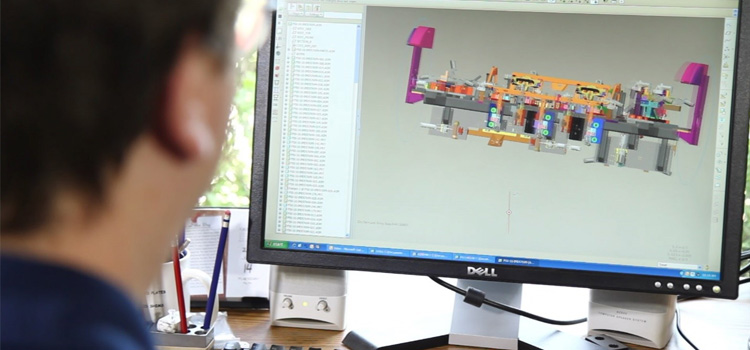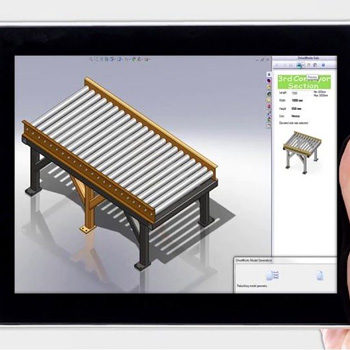

The need to customize products has risen tremendously over the past few years. The majority of companies share a universal goal of reducing design time and improving engineering productivity. To stay ahead of competitors, manufacturing companies demand rapid, accurate design; consistent engineering; and minimum time for product delivery.
Customized CAD products, in particular, warrant far greater effort and more time. Design automation is the right solution that enables you to design and manufacture efficiently, and deliver results consistently, all while maintaining a healthy profit. Adding to that, the benefits of implementing design automation impact the entire organization, from the individual engineer to the company as a whole.
Exactly what is design automation? How does it help companies save time and lower costs in the engineering process?
Computer-Aided Design (CAD) is the use of computer systems to aid in the creation, modification, analysis, or optimization of a design. CAD design automation automates the process of creating a technical drawing or model efficiently. Due to different levels of usage, the definition of design automation varies from company to company.
Design automation offers distinct advantages that manufacturers at every level can benefit from. In this blog, we’ll take a quick look at the key benefits of design automation.
- Reduce Manual Tasks:
Quadruple engineering efficiency, eliminate fatigue & expedite engineering decisions by automating recurring processes.
Design automation can help organizations utilize their engineering departments more efficiently. The key to reducing project lead times without compromising quality is to automate all repetitive tasks. Design automation frees more time for creativity, one of the most important success factors in new product development. By automating time-sensitive and repetitive activities, you will have more time to innovate and add value to your products.
- Improve Performance:
Achieve more with the flexibility and customizability of automated design, drawing generation and data management processes.
Automatically create detailed drawings and generate accurate BOMs (Bills of Materials) for manufacturing in a fraction of the time. With design automation, engineering teams become more proficient in the design process, errors are reduced, and throughput is increased. Give your engineers more time to focus on developing new products and improving quality while routine tasks are completed quickly with automation.
- Eliminate Errors:
Ensure every action is performed accurately – yield precise, high-quality models and drawings.
Aside from the obvious time savings, automation also helps prevent human error and improve product quality. Models and designs are of no use if they are error-prone. CAD design automation eliminates the scope for any error and yields nothing short of high-quality products.
- Optimize the Design Process:
Accomplish more by ensuring optimal consistency across departments and design teams.
Companies strive for seamless integration between all their systems. Maintaining consistency between several separate databases run by different departments can be a challenging task. Fortunately, design automation programs are capable of interoperability with broader business systems. Design automation generally begins in the engineering department. However, every company function that interfaces with engineering can eventually benefit from design automation.
- Achieve Scalability:
Ramp up your existing systems to more comprehensive systems – grow and achieve more over time.
Manufacturers are trying to continuously innovate and improve their products in order to meet the high expectations for user experience, quality, and cost reduction. For efficient communication across departments and companies, design automation systems are capable of integrating with other business systems. Adding to that, a successful system allows you to scale up comfortably without any strings attached – one that automates most aspects of your design and engineering while delivering greater benefits to your organization.
- Maximize RoI:
Automation expedites productivity and reduces cost, which consequently leads to maximum RoI.
Return on investment is one of the most crucial factors to consider while implementing CAD design automation. Lowering product costs is a common challenge manufacturers face. Design automation solutions help overcome this challenge as they provide maximum cost reduction by reducing manual effort and accelerating design. Cost reduction combined with maximum productivity results in the highest possible RoI.
Design automation should be viewed as a new way of working, not as a single project with a beginning and an end. It facilitates designers to automate repetitive design tasks. This consequently leads to optimized design process, cost reduction, and increased productivity. In a nutshell, design automation enables engineer-to-order manufacturers to complete days of custom engineering in just minutes.
For more information on how you can automate your designs, processes, and workflows, feel free to contact us any time.



